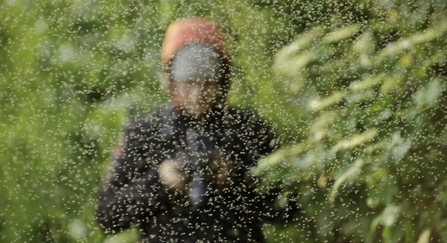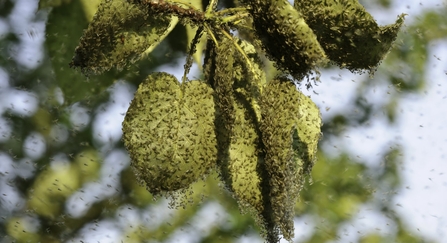Last week my son eagerly announced ‘Dad, I swallowed a greenfly at school today!’
‘That’s great,’ I retorted rather passively.
‘Great?’ he replied, ‘there were millions of them, how are you supposed to play in that?'
‘Actually this isn’t great, it’s excellent. You, my son, are just one of the many living things that are going to benefit from the energy and protein derived from consuming this greenfly bounty!’
‘I knew I wouldn’t get any sympathy from you.’ And off he went.
It got me thinking: is it an experience he will remember? Not the actual consumption of the greenfly but the event of so many tiny winged creatures being blown across not just playgrounds, but gardens, greenspaces and the wider countryside. Everywhere I have been the last week or so I have marvelled at the airborne flood of tiny critters. From the rather morbid mass across my car windscreen and bonnet to the clouds that greeted me on my Friday night dog walk, and everything in between.
Coming into contact with insect life seems to be an increasingly hard thing to do. My mind on these occasions takes me to a place where I try to imagine what my great grandparents saw in the world around them before the onslaught of pesticides and the mass reshaping and removal of nature-rich habitats from our local landscapes.
What has brought about this deluge of greenfly though? To find that out it is worth getting to know a little bit more about our little green friends.



